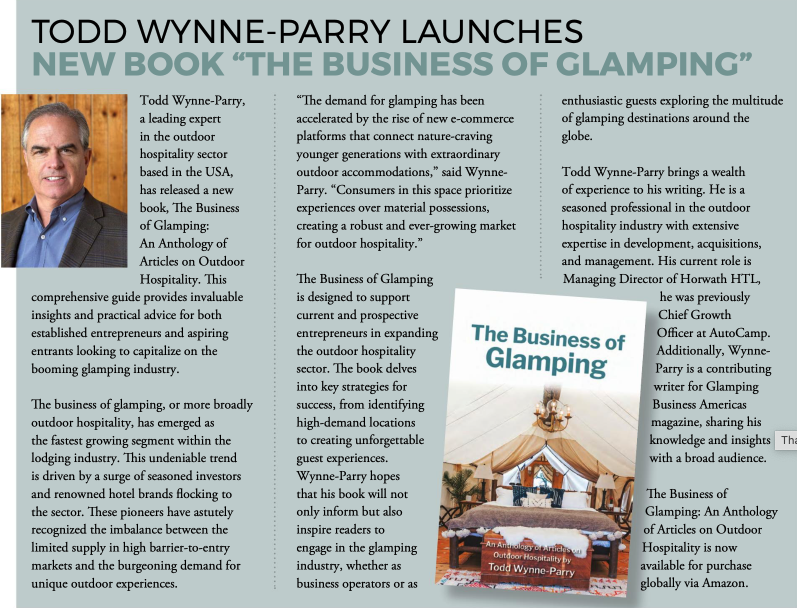
Hotel repositioning: The physical challenges
Date: July 13, 2021
This article first appeared in Hotelsmag.com
Once hotel owners have embraced the concept of repositioning their assets, the next element to consider is the architectural challenge of the “new business” approach. From our experiences, in this initial stage, physical building restrictions can kill many brilliant ideas and probably the entire project.
Going from a hotel single-use business to another new business use implies accepting the “no go” conditions of other real estate sectors. For instance, if you want to turn a hotel into a hospital, at least one elevator must allow the entrance of a stretcher and two people together. Otherwise, the plan will not work.
Here is a quick summary of some keys to analyzing the “no-goes” and some perspective on possible solutions.
Before starting: It is mandatory to check local legislation to understand possible restrictions for a change of use. In some cases, changing from hotel to residential is not allowed. In other cases, a hotel might have some urban incentives (like in Rio de Janeiro for the Olympics) and the change of use implies paying a high penalty that can make the idea unrealistic.
From hotel to permanent residences: This is probably the easiest case because a full refurbishment of a hotel building would create at least a suitable residential edifice.
And more than that, if there are attractive hotel common areas to be smartly redesigned, the new product would be able to compete in the traditional permanent residences market with strong advantages.
Some very important reminders:
Permanent residents need to be able to enter through secure parking access and reach their apartments without switching elevator;
- The lobby presents the opportunity to reinforce that differentiation with the traditional residences, and should be deeply explored as an experience space;
- The (remaining) back-of-the-house offers the opportunity to keep some on-demand services with hotel quality;
- Electric charges, weight issues on the edifice, and gas connection (that normally a hotel does not have) are important elements to be studied by the specialists;
- Existing restaurants offer opportunities to create F&B outlets for permanent residents and for external clients, especially if it is possible to create a separate entrance;
- The architectural transformation of hotel rooms into permanent residences strongly depends on the sales price of the units. Just joining rooms is the better possible way to competitively sell an apartment.
From hotel to hotel with permanent residences: This is probably the most sensitive case because permanent residents need an intensive separation of access and their own daily activities. The hotel operator also doesn’t want to share with guests the intimate day-to-day comings and goings of permanent residents. This would be the case for serviced permanent residences offered to senior citizens, where some relevant changes would need to be done in the rooms’ structure and equipment, especially when oriented to older segments.
From hotel to hotel with short- and medium-term residences: Hotels can become part of a new guest mix, or can be totally converted to short- and medium-term residences. This concept can also apply to student residences or temporary workers’ residences.
It is very important to understand the appropriate mix of hotel guests and short- and medium-term residents to define the level of change required to the building and open spaces. As many segments co-exist without problems, such as same ages students and hotel guests, it would be necessary to understand very well every potential market to create synergistic groups and avoid expensive physical changes.
From hotel to hotel with shared vacation properties: Hotels can remain and become part of a new mix, or can be totally converted to a shared vacation system. This format is also quite easy to convert, even when needing some necessary refurbishments. Shared vacation properties (timeshare, fractional, vacation clubs, etc.) can be a nice option for holiday destination hotels with rooms of a minimum size of 38-40 sqm.
When mixing hotels with any of these shared vacation systems, ideally hotel guests and shared owners should have F&B and pools facilities separated. Lobbies can be shared, with specific desks and services for every group, and multi-use spaces can be created.
From hotel to hotel with working spaces: This is the cheapest and quickest option for the hotel to become a mixed-use business, offering locals a product that makes a perfect match with hotel premises (meeting spaces, huge lobbies, semi-covered and open-air spaces, and even rooms).
Almost every hotel has space that can be converted to a new-generation working space. Hotel services act as an added value and a competitive advantage facing the traditional or new-generation working spaces in the market.
The main challenge would be focused on the use of semi-covered and open-air spaces to be able to offer safer products.
As access and the building’s structure remains untouched, the investment and challenges to promote this format are relatively low. It can provide immediate income and is ideal for corporate hotels in primary, secondary, and third-level cities.
From hotel to health care format: Hotel edifices normally present many opportunities to be converted to one of many health care formats. The type of product would depend on how the hotels’ facilities can be used or refurbished in terms of:
- Accesses for pedestrians, cars, and emergencies;
- Elevators allowing the transportation of a stretcher and at least two people;
- Internal corridors adequate for different medical practices and needs of equipment handling;
- Use of existing room structures, or the ability to join two or more rooms to use as doctors’ offices, treatment rooms or inpatient rooms.
- For long-term medical processes in hub cities serving larger regions, having some hotel rooms for relatives of the internees would be extremely useful.
Of course, there are many other options, but these are the bigger opportunities and guidelines to understand how difficult and expensive it would be the move to another format, as well as the flexibility of future returns.
Author Osvaldo Chudnobsky



